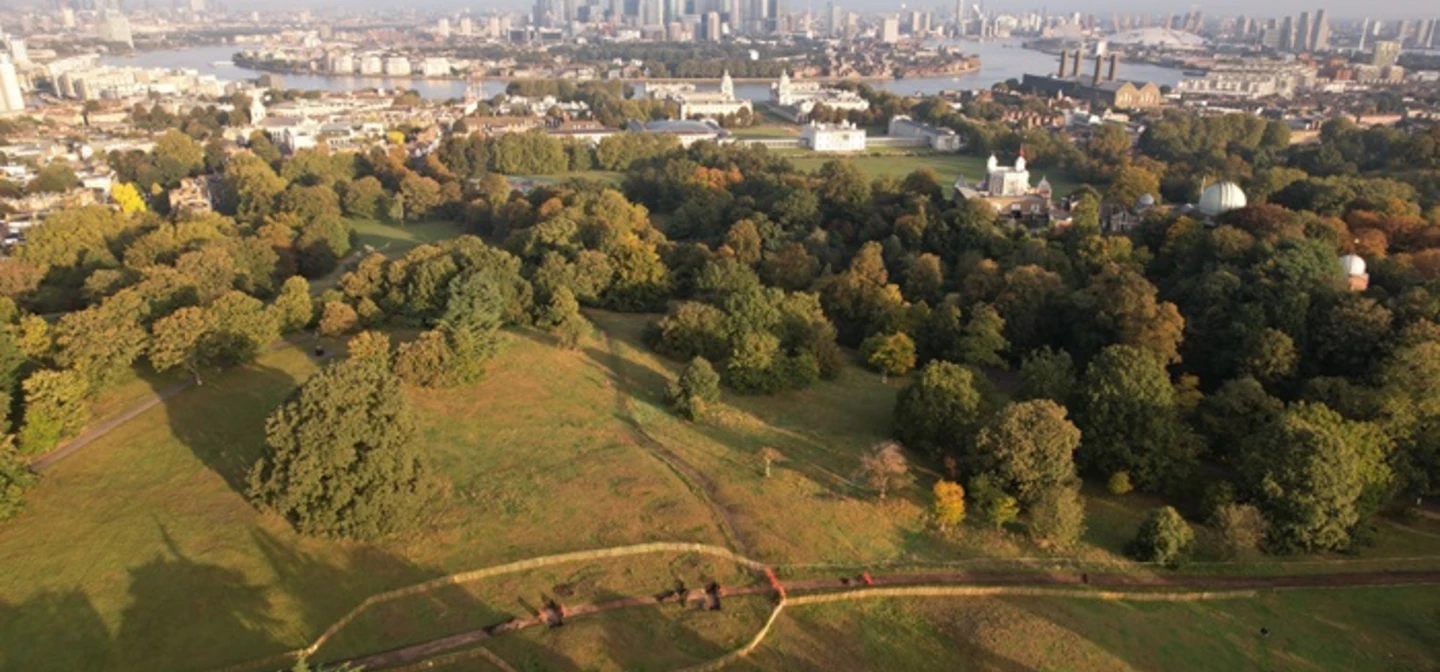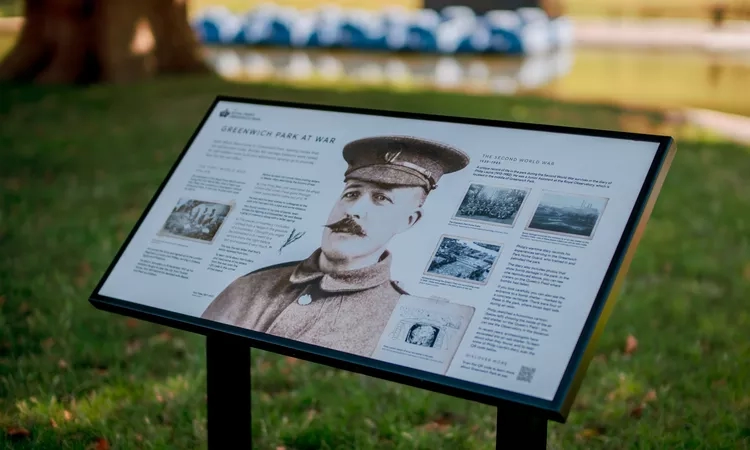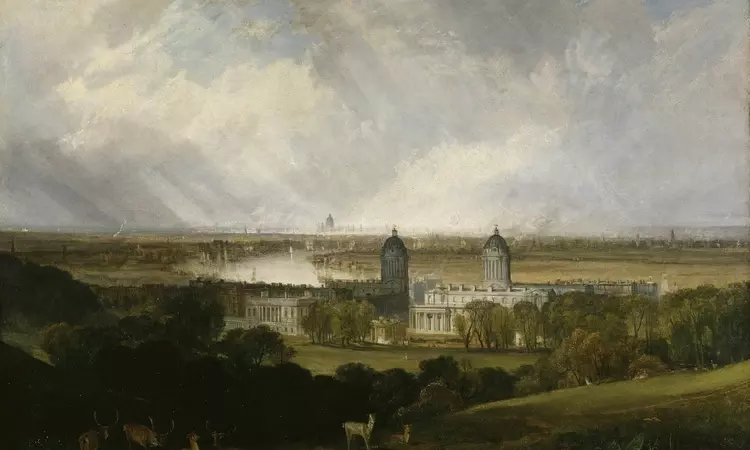
Work begins to restore and protect the rare landscape of Greenwich Park’s ancient Saxon burial ground
The Royal Parks charity is leading a unique restoration project at Greenwich Park’s Saxon Barrow Cemetery to re-establish the ancient site’s rare acid grassland landscape.
The project will remove the tarmacked footpath introduced by the Victorians, which currently bisects the monument in two, and return the landscape to that of centuries gone by – recreating crucial habitats for pollinators such as butterflies and mining bees.
The burial ground which dates back to the 6-8th century, is located at Croom's Hill, south of The Avenue and west of the Meridian Line. There are approximately 1000 recorded sites of Saxon burials in England. The survival of over 30 upstanding burial mounds however, makes this a site of national significance.
The path currently runs from Croom’s Hill Gate across towards to the Royal Observatory and the works to peel back and remove the tarmac will provide a once-in-a-generation chance to learn more about the site’s history.
The Royal Parks has appointed its first in-house archaeologist who is working in consultation with Historic England to survey the area during the restoration and to record any archaeological features of the landscape.
This work is part of Greenwich Park Revealed, an £8M, four-year project to restore, protect, reveal and share the park’s nature and heritage for everyone, supported by The National Lottery Heritage Fund and The National Lottery Community Fund.
Graham Dear, Greenwich Park Revealed’s Manager, said:
“The Saxon Cemetery is an important scheduled monument but is currently spoilt by a tarmac path running through it. The tarmac will be removed and returned to valuable and rare acid grassland which provides crucial habitats for pollinators such as butterflies and mining bees. There will be public access to the area, but we urge visitors to tread lightly and respect the wonderful natural environment to protect it for future generations.”
Andrew Mayfield, Greenwich Park’s in-house archaeologist, said:
“We’re looking forward to peering beneath the surface of this part of the World Heritage Site during these works. It will be the first time that modern archaeological techniques have been used to survey the mounds and we hope to recover dating evidence to pinpoint the date of the graves and reveal some of the exciting stories of this incredible park’s history.”
“Do get in touch if you would like to get involved in researching the Park’s history or take part in future archaeology projects as part of Greenwich Park Revealed on greenwichparkrevealed@royalparks.org.uk – we would love to hear from you.”
Related Articles
-
 Read
ReadThe best nature walks in London
A selection of the best nature walks in London for you to enjoy
-
 Read
ReadHori's Legacy
See how The Royal Parks are honouring Hori's legacy.
-
 Read
ReadTurner at Greenwich Park
Nicknamed the ‘painter of light’, J.M.W. Turner is one of the most celebrated artists that Britain has ever produced.